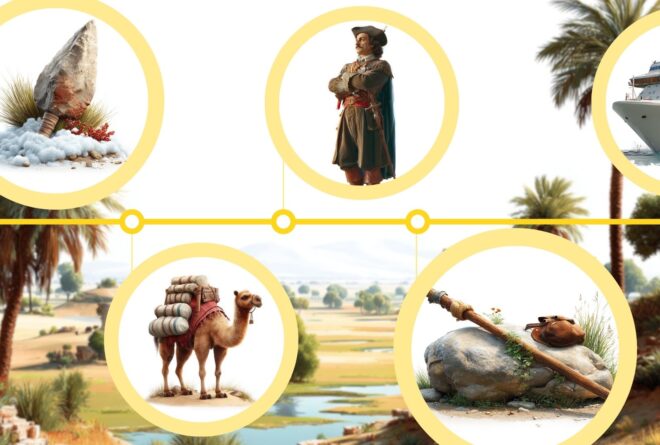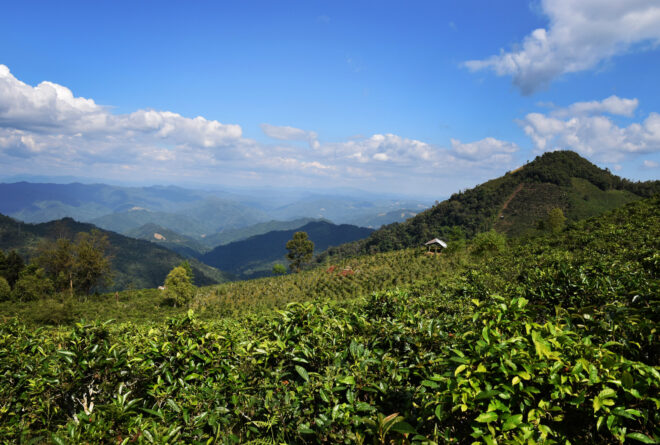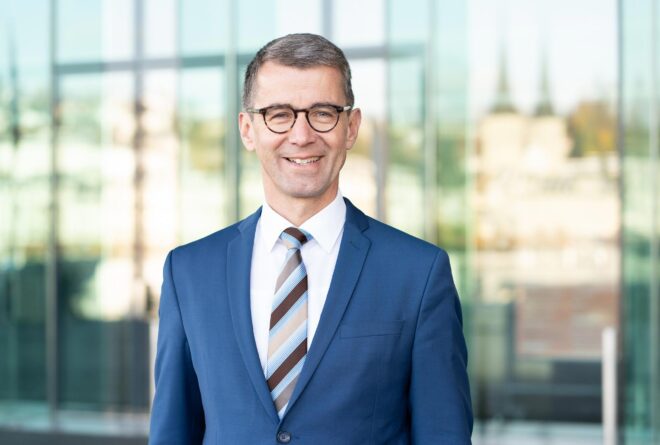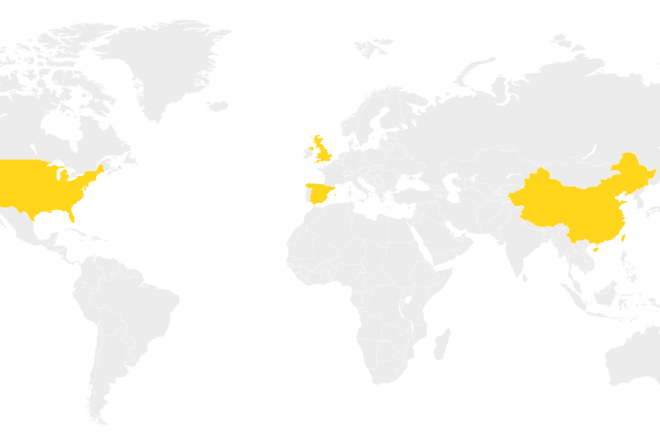News & Trends
Precision in the field – AI meets farming
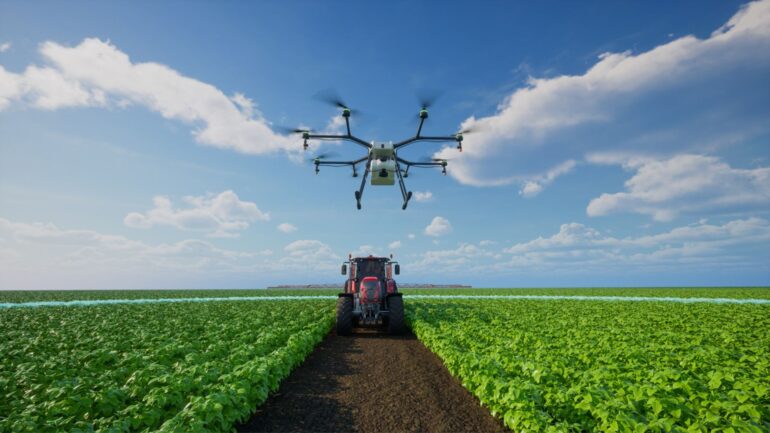
From autonomous tractors to smart crop management: agriculture is experiencing a digital revolution. Precision farming is lowering costs, conserving resources, and increasing yields – with benefits for people, businesses, the environment, and society.
More output with less input, healthier soils and automated animal monitoring: precision farming is bringing innovation into the field. Modern technologies are replacing herbicides, lowering water consumption, and optimizing cultivation methods. At the same time, data-based decision-making is strengthening food security.
Precision farming encompasses smart monitoring of plants and animals, use of drones, autonomous vehicles and tools, as well as smart building and equipment management via the Internet of Things. Together with AI, this is creating new opportunities.
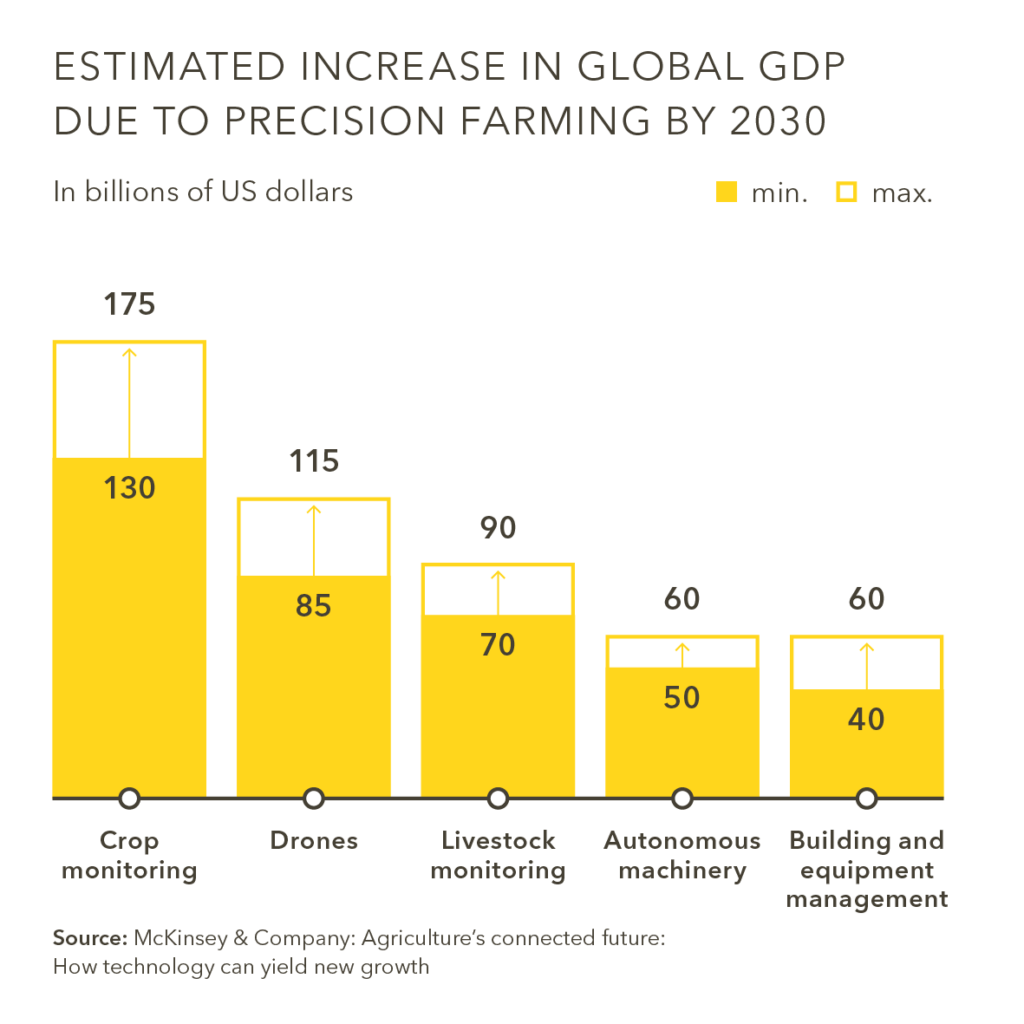
And this is just the beginning
Precision farming is still in its infancy, but it is growing rapidly. By the end of 2030, it could generate up to 500 billion US dollars in additional value to the GDP – an increase of up to 9 percent. To ensure that not only large, investable businesses benefit from this, targeted policy support is also needed.
MyFarmIQ: data-driven management
With MyFarmIQ, Swiss company AgriCircle is providing farmers with an innovative tool kit to help them manage their operations more efficiently and sustainably. With the aid of satellite data, the software analyses fields in real time and gives data-based recommendations for optimal management. This allows farmers to maximize their yields and minimize environmental impacts.

Caterra: the precise weeding robot
Anyone wanting to do without herbicides needs to use their hands: organic vegetable growers either have to weed by hand or resort to less precise mechanical hoeing. But not with Caterra, the weeding robot developed by an ETH Zurich spin-off. This robot can identify weeds growing directly adjacent to crops and remove them precisely using a laser – completely without chemicals.
Aurel Neff, co-founder of Caterra, introduces the project.
Mr. Neff, what have you already achieved with Caterra?
Initial tests have shown that our technology can reduce costs. In the coming months, we’ll be deploying ten machines with Swiss vegetable farmers who are already paying for their use. The biggest challenge now is to build a robust product that can operate 24/7 with a low error rate.
What are your future goals?
First, we want to develop a fully functional product and then scale to the European market. That’s only possible once maintenance costs and support needs are low.
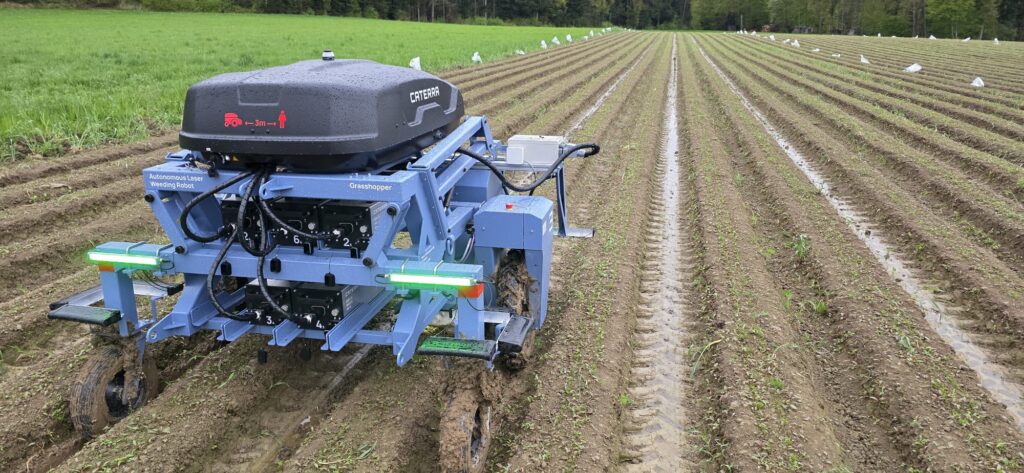
What opportunities does precision agriculture offer?
Precision agriculture allows for more targeted interventions – meaning treatments like herbicides, irrigation, or fertilization are only applied where they’re truly needed. Whether this is appealing to farmers depends largely on the cost. Precision almost always means slower operations and, for tractors, higher fuel consumption. So the key question is: are there machines that can carry out these precise interventions efficiently? Do they actually save money and reduce environmental impact? If not, then maybe that level of precision isn’t even necessary.
Autonomous
laser weeders are
lowering the costs
of herbicide-free
growing enormously.Aurel Neff – founder of Caterra
What will farming look like in 2050?
In 25 years, laser weeding will have become standard in vegetable farming. Growing crops without herbicides will be cheaper – and hopefully the savings will reach consumers too. My hope is that we’ll no longer need herbicides at all, but that signal has to come from society. If people are willing to pay a bit more for herbicide-free food, then farmers will make the switch.
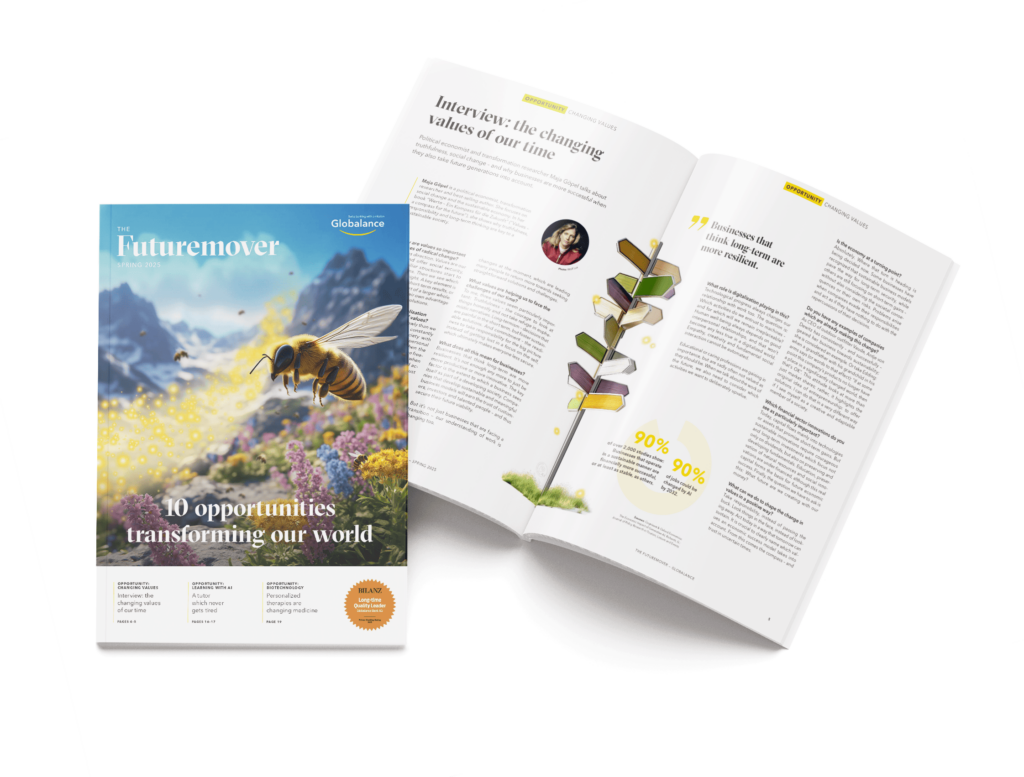
Discover the entire issue
Read more articles from our current issue: ‘10 opportunities
transforming our world’.
Be part of the solution and stay informed with the Futuremover.
Subscribe now and shape the future!
Magazin abonnieren EN
"*" indicates required fields





